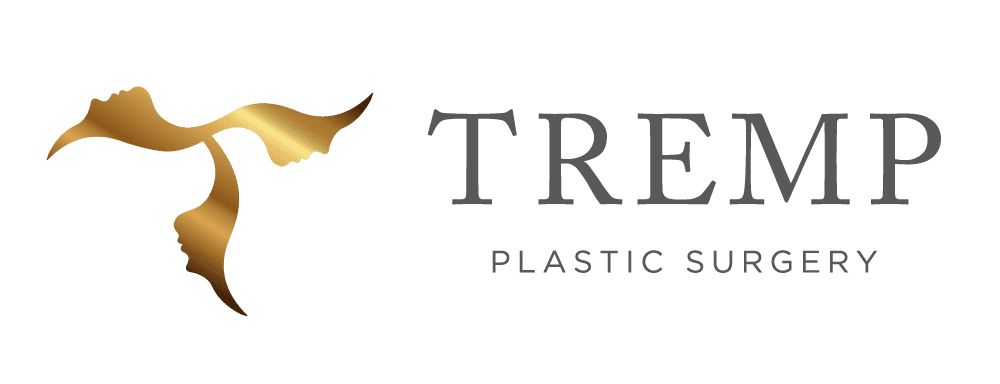- About
- Face & Skin
- Cellulite treatment
- Excessive sweating in women and men
- Facial and skin treatments
- Facial Surgery
- Hydrafacial treatment
- IV drips (vitamin infusions)
- Laser treatment
- Lip Lift
- Mesotherapy (skin structure )
- Special Offers by TREMP PLASTIC SURGERY
- Treatments with Skin Ceuticals
- Wrinkle and facial treatments with botulinum
- Wrinkle and facial treatments with filler
- Face
- Breast
- Body
- Offers
- Blog
- Contact
- EN
- DE

What kind of technique is performed for face and neck lift?
There are different techniques, each technique is applied individually depending on the shape of the face.
Basically, however, it is not a simple skin tightening, but the tightening of the underlying structures, so-called SMAS (superficial musculoaponeurotic system).
During a neck lift, the neck muscle (platysma) is tightened and, if necessary, the excess fat is removed. The face lift is often combined with an autologous fat treatment to give the face more volume.

Is the result of the face lift and neck lift permanent?
Surgical treatment is the most effective treatment and can last a very long time. A certain percentage of the autologous fat treatment dissolves again within the next 6 months after the procedure. Due to the natural ageing process, a slight excess of skin may reappear in the course.
What requirements do I have to fulfil as a patient?
If you are a smoker, you must stop smoking 4 weeks before and after the operation. If you suffer from high blood pressure, it should be well controlled before the operation. Regular check-ups are necessary after the operation.
In the beginning it is important that you lie flat without a pillow and you should avoid alcohol, salty, sour and hard food for 2 weeks. Showering with shampoo is allowed after 3 days.
Is the procedure performed on an outpatient basis or is an inpatient stay necessary?
As a rule, an overnight stay is required.
Where is the scar and do the scars of the face lift and neck lift remain visible?
The scars are hardly visible after one year and are along the hairline or cheek/ear junction. The scar must be cared for regularly with a greasy ointment or a silicone plaster.
In the case of pronounced longitudinal neck wrinkles, a small incision is made under the chin during the neck lift, the scar is hardly visible in everyday life.
What are the risks of a face lift and neck lift?
Possible risks include wound healing and circulatory disorders, infection or secondary bleeding (slightly more common in men). Very rarely, temporary facial paralysis may occur. With autologous fat treatment, vascular occlusion with blindness or death of skin tissue is rare but possible.
We use the best techniques and instruments with the most modern infrastructure, so that these surgical risks can be reduced to a minimum.
When does the insurance cover part of the operation costs?
A face and neck lift is a cosmetic procedure and is only covered by health insurance in exceptional cases (e.g. after massive weight loss with significant excess skin).
July 19, 2024

